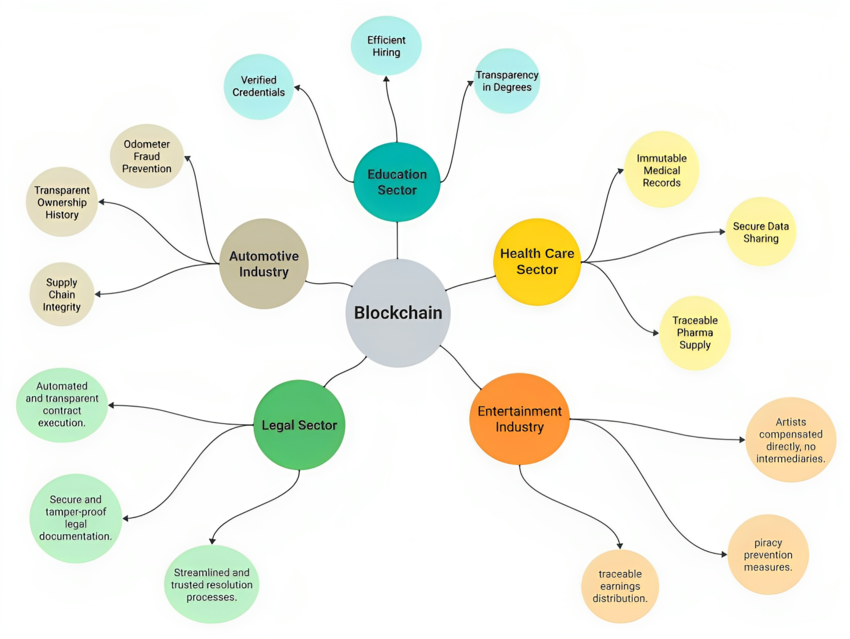Blockchain and Web3: A New Digital Era And The Next Internet Evolution
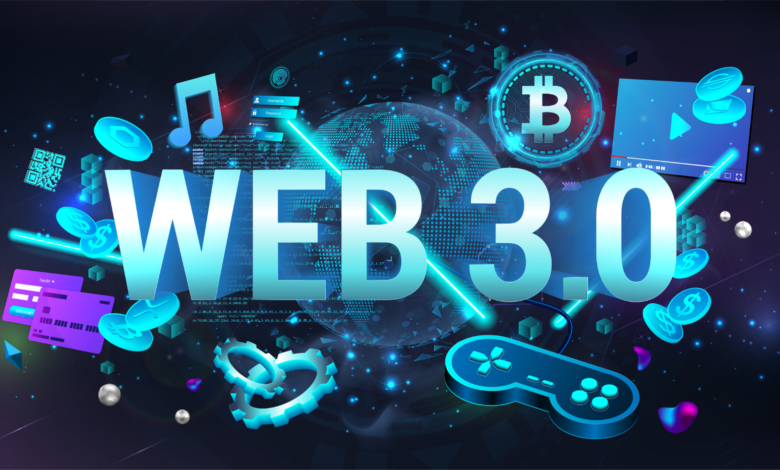
Introduction to Blockchain Technology
Blockchain technology has rapidly evolved from a niche innovation to a transformative force across various industries. Originally designed to support Bitcoin, blockchain’s decentralized, secure, and transparent nature has since found applications in finance, supply chain management, healthcare, and beyond. As we delve into the next iteration of the internet—Web3—blockchain technology plays a foundational role in shaping this new digital landscape.
Understanding Web3: The Decentralized Internet
Web3, often called the “decentralized web,” represents a shift from traditional, centralized web models to a more distributed and user-controlled internet. Unlike Web2, where data and services are largely controlled by centralized entities like Google, Facebook, and Amazon, Web3 leverages blockchain technology to return control and ownership to the users.
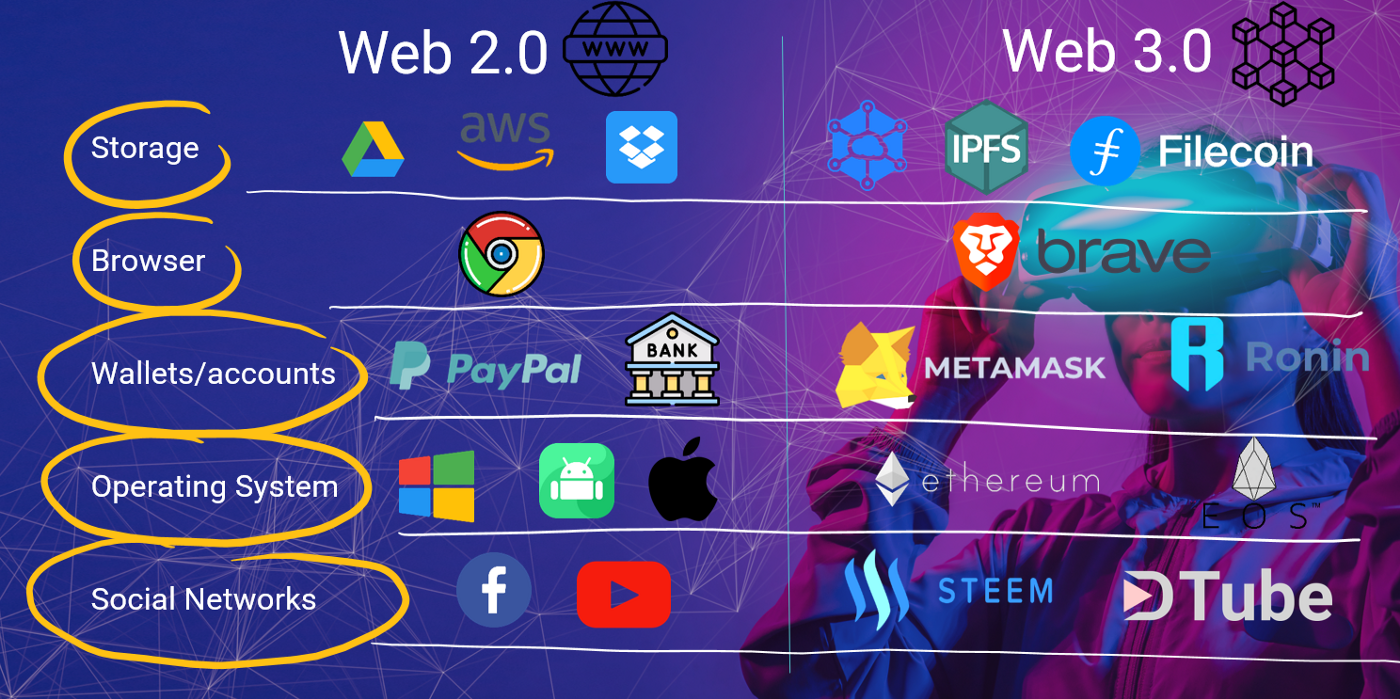
Key Features of Web3
- Decentralization: Instead of relying on central servers, Web3 applications (often called dApps) operate on decentralized networks. This reduces the risk of data breaches and censorship.
- Smart Contracts are self-executing contracts with the terms directly written into code. Smart contracts automatically enforce agreements, eliminating the need for intermediaries.
- Ownership: In Web3, users control their data and digital assets. This contrasts with Web2, where large companies often monetize user data without direct user control.
The Role of Blockchain in Web3
Blockchain is the backbone of Web3, enabling the decentralized infrastructure that powers this new internet paradigm. Here’s how:
Secure and Transparent Transactions
Blockchain’s cryptographic nature ensures that transactions are secure and transparent. In Web3, this is crucial for enabling trustless interactions—where users can transact or communicate without needing to trust a central authority.
Decentralized Finance (DeFi)
One of the most significant impacts of blockchain on Web3 is the rise of Decentralized Finance (DeFi). DeFi platforms allow users to lend, borrow, trade, and invest assets without traditional banks. This democratizes access to financial services, particularly in regions where banking infrastructure is lacking.
Non-Fungible Tokens (NFTs)
NFTs are unique digital assets verified through blockchain, representing ownership of a specific item or piece of content. In Web3, NFTs have revolutionized how digital art, collectibles, and even real estate are bought, sold, and owned, providing creators with new revenue streams and more control over their work.
Real-World Applications of Web3
The impact of blockchain on Web3 is not just theoretical—it’s already being implemented in various industries:
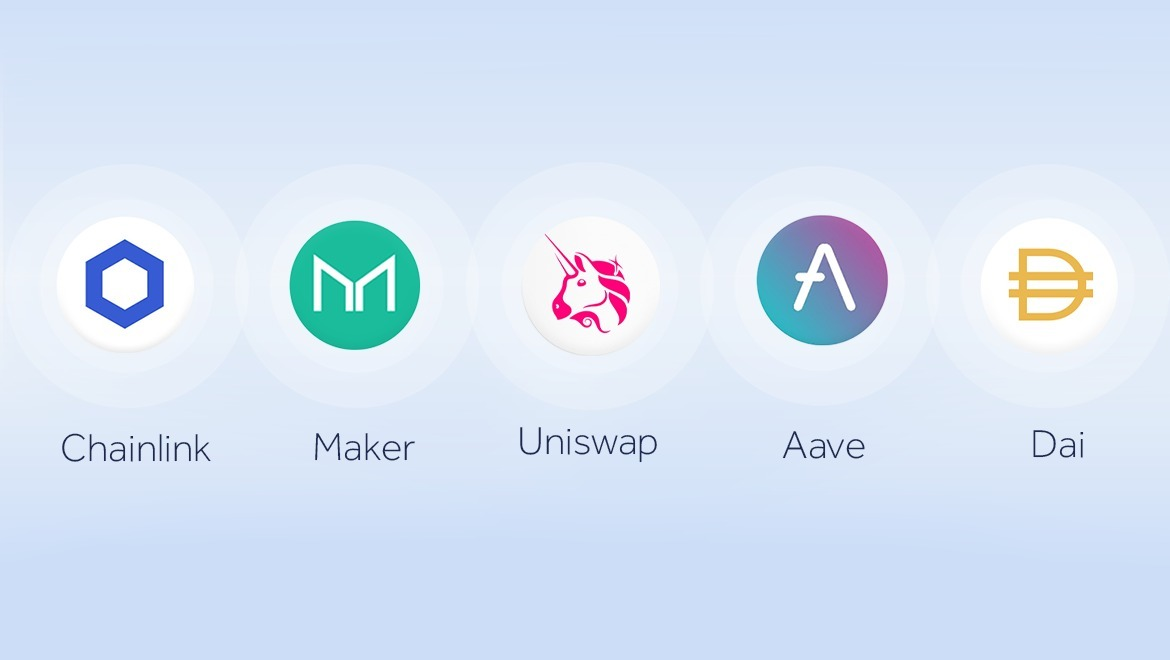
Gaming
Web3 is transforming the gaming industry by allowing players to truly own in-game assets through blockchain-based tokens. These assets can be traded or sold outside the game, creating new economic opportunities for gamers.
Social Media
Decentralized social media platforms are emerging, where users have greater control over their data and content. Unlike traditional platforms, where algorithms control visibility and reach, Web3 platforms prioritize user sovereignty.
Supply Chain Management
Blockchain’s transparency is revolutionizing supply chain management by providing real-time, immutable records of product origins and movements. This not only enhances efficiency but also builds trust with consumers who can verify the authenticity of products.
Challenges and Opportunities in Web3 Adoption
While Web3 offers significant advantages, it also comes with challenges:
Scalability Issues
Current blockchain networks struggle with scalability, leading to slower transactions and higher fees. Solving these issues is critical for the mass adoption of Web3.
Regulatory Concerns
The decentralized nature of Web3 poses regulatory challenges, particularly in areas like financial services and data privacy. Governments and institutions are still grappling with how to regulate these emerging technologies without stifling innovation.
User Adoption and Education
For Web3 to reach its full potential, users must understand and adopt these new technologies. This requires widespread education and user-friendly interfaces that make blockchain technology accessible to non-technical users.
The Future of Blockchain and Web3
As blockchain technology continues to mature, its impact on Web3 will only grow. Innovations like Ethereum 2.0, layer 2 scaling solutions, and cross-chain interoperability are set to address current challenges, paving the way for a more decentralized, user-controlled internet. The future of Web3 promises to be a more open, equitable, and innovative digital landscape, with blockchain at its core.
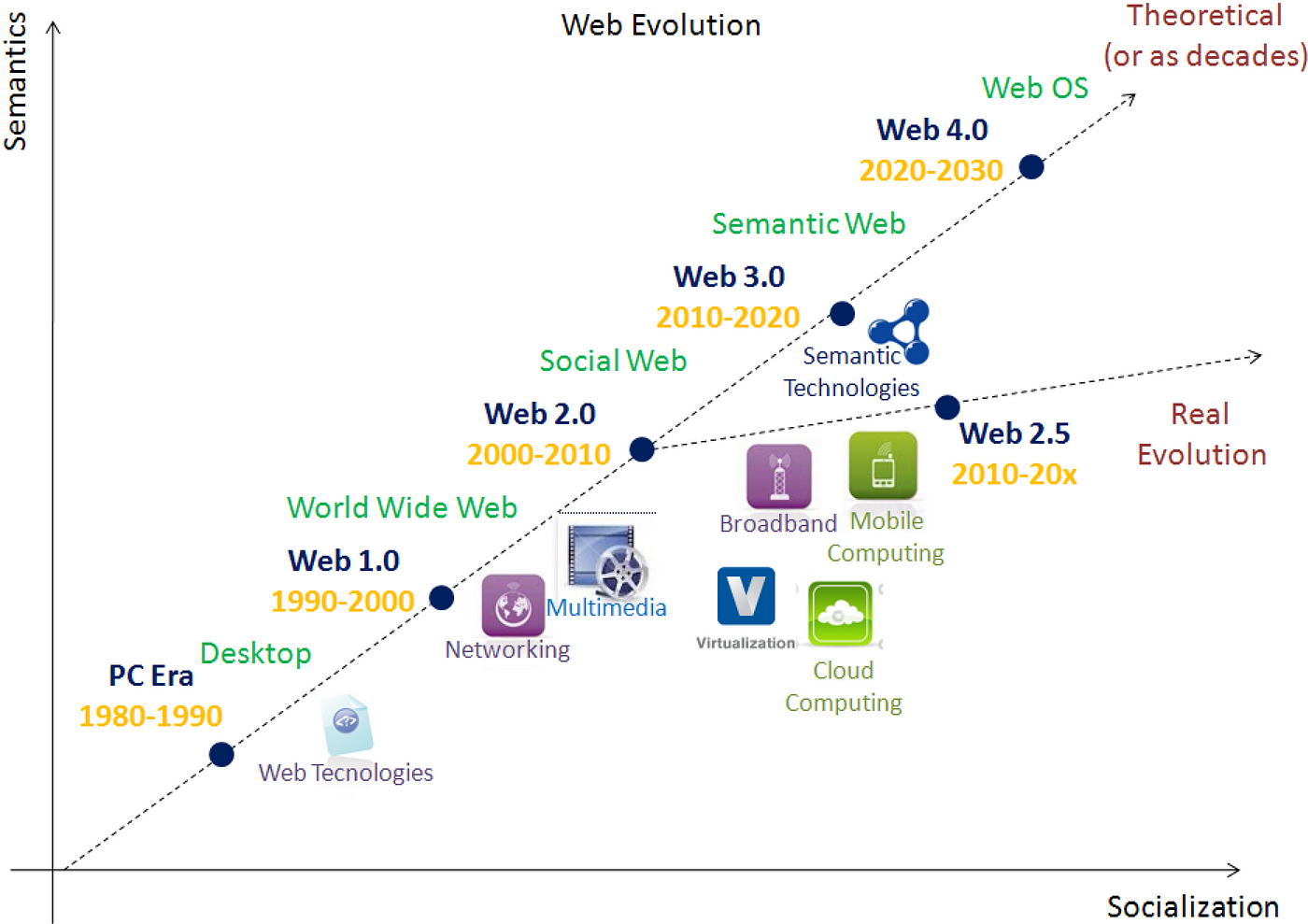
Conclusion
Blockchain technology is not just a passing trend—it’s a fundamental building block of the future internet. As Web3 continues to evolve, understanding the relationship between blockchain and this new paradigm is crucial for anyone looking to navigate the next phase of the digital revolution. By embracing blockchain, we move closer to a world where the internet is truly owned by its users, fostering innovation, inclusivity, and fairness.

